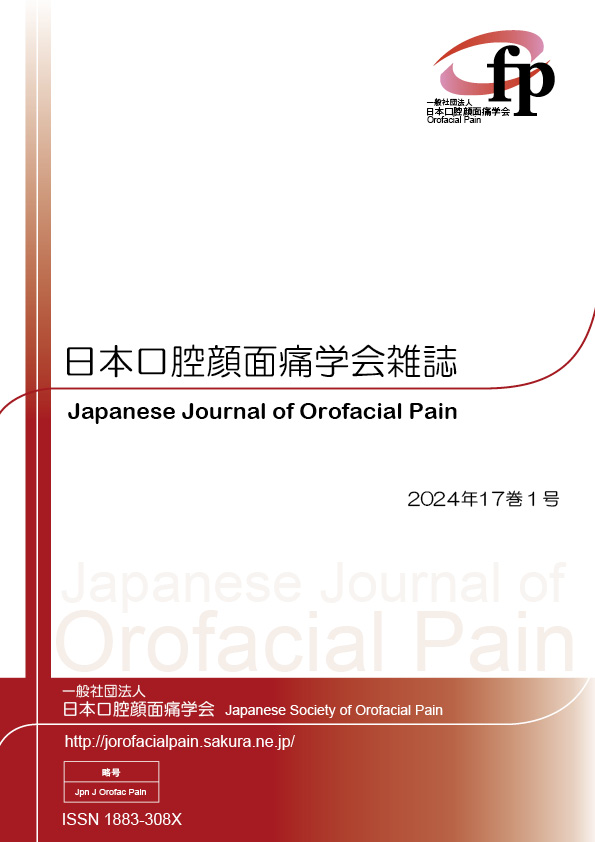Current issue
Displaying 1-8 of 8 articles from this issue
- |<
- <
- 1
- >
- >|
Reviews
-
2025 Volume 17 Issue 1 Pages 1-7
Published: 2025
Released on J-STAGE: March 28, 2025
Download PDF (339K) -
2025 Volume 17 Issue 1 Pages 9-16
Published: 2025
Released on J-STAGE: March 28, 2025
Download PDF (318K) -
2025 Volume 17 Issue 1 Pages 17-28
Published: 2025
Released on J-STAGE: March 28, 2025
Download PDF (938K)
Case Reports
-
2025 Volume 17 Issue 1 Pages 29-33
Published: 2025
Released on J-STAGE: March 28, 2025
Download PDF (302K) -
2025 Volume 17 Issue 1 Pages 35-39
Published: 2025
Released on J-STAGE: March 28, 2025
Download PDF (354K) -
2025 Volume 17 Issue 1 Pages 41-47
Published: 2025
Released on J-STAGE: March 28, 2025
Download PDF (456K) -
2025 Volume 17 Issue 1 Pages 49-54
Published: 2025
Released on J-STAGE: March 28, 2025
Download PDF (552K) -
2025 Volume 17 Issue 1 Pages 55-60
Published: 2025
Released on J-STAGE: March 28, 2025
Download PDF (405K)
- |<
- <
- 1
- >
- >|
